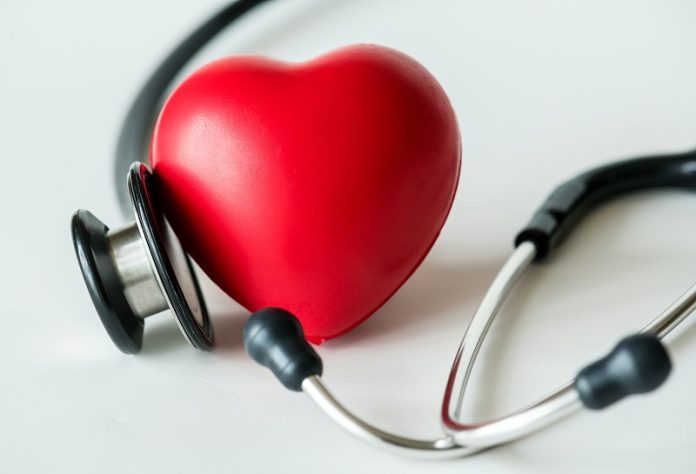
Fat hidden deep inside your muscles—not just around your waist—could put you at greater risk of heart attacks, heart failure, and even death, according to a major new study published in the European Heart Journal.
This type of fat, called intermuscular fat, may not show up on a regular scale or be reflected in your body mass index (BMI), but it could still be damaging your heart health.
The study, led by Professor Viviany Taqueti at Harvard Medical School and Brigham and Women’s Hospital, is the first to look in-depth at how fat stored inside muscles affects heart function and long-term risk of cardiovascular disease.
Unlike fat under the skin or around organs, intermuscular fat is embedded between muscle fibers and is more difficult to see or measure without advanced imaging.
In the world of cooking, this fat gives marbled steaks their tenderness. In people, however, it may fuel inflammation, disrupt metabolism, and damage blood vessels—including those that supply the heart.
The study included 669 patients (average age 63), most of them women and nearly half non-white, who were being evaluated for chest pain or shortness of breath. Importantly, none had blockages in their main coronary arteries.
Instead, researchers used PET/CT scans to evaluate the health of their heart’s smallest blood vessels—called the coronary microvasculature—and also used CT imaging to analyze body composition, focusing on fat stored inside muscle tissue.
They developed a new measurement called the fatty muscle fraction, which compared the amount of intermuscular fat to total muscle and fat in a specific part of the torso. Over the following six years, the team tracked how many participants were hospitalized or died from heart-related causes.
Here’s what they found:
For every 1% increase in fatty muscle fraction, there was a 2% rise in risk of coronary microvascular dysfunction (CMD), a condition where tiny blood vessels in the heart don’t work properly.
The same 1% increase was linked to a 7% higher risk of being hospitalized or dying from heart attack or heart failure.
These risks remained independent of BMI, showing that people with “normal” body weight but high muscle fat were still at elevated risk.
Subcutaneous fat (fat under the skin) did not increase cardiovascular risk.
Lean muscle was linked to lower risk, suggesting muscle quality may matter as much as fat quantity.
People who had both high intermuscular fat and CMD were at especially high risk of serious heart events.
Professor Taqueti explained that unlike fat under the skin, intermuscular fat may lead to inflammation, disrupt blood sugar regulation, and worsen insulin resistance—factors that together increase the chance of damaging the heart muscle and its blood supply.
She emphasized that traditional markers like BMI and waist circumference are no longer enough to assess a person’s heart risk. “Knowing someone has fat stored in their muscles gives us a better way to identify who is at risk—even if they look healthy on the outside,” she said.
The study also raises questions about how new weight-loss drugs and therapies might affect this hidden fat. “What we don’t know yet is whether treatments like GLP-1 medications—now widely used for obesity and diabetes—can target this type of fat specifically,” Taqueti added.
Her team is now studying how different strategies, including diet, exercise, medications, and surgery, may shift body composition and improve heart outcomes.
In a related editorial, Dr. Ranil de Silva of Imperial College London noted that the findings are important but still early. Since this was a retrospective observational study, more research is needed to confirm the results and explore how inflammation, metabolism, and lifestyle interact with muscle fat.
Still, the takeaway is clear: You can’t judge heart risk by weight alone. People who appear slim but have hidden fat in their muscles may still be at serious risk. Muscle quality, not just fat quantity, may become a key focus in future heart disease prevention efforts.
The study offers a powerful reminder that not all fat is the same—and some of the most dangerous kinds are invisible without the right tools.
If you care about muscle, please read studies about factors that can cause muscle weakness in older people, and scientists find a way to reverse high blood sugar and muscle loss.
For more health information, please see recent studies about an easy, cheap way to maintain muscles, and results showing these vegetables essential for your muscle strength.
The research findings can be found in European Heart Journal.
Copyright © 2025 Knowridge Science Report. All rights reserved.



